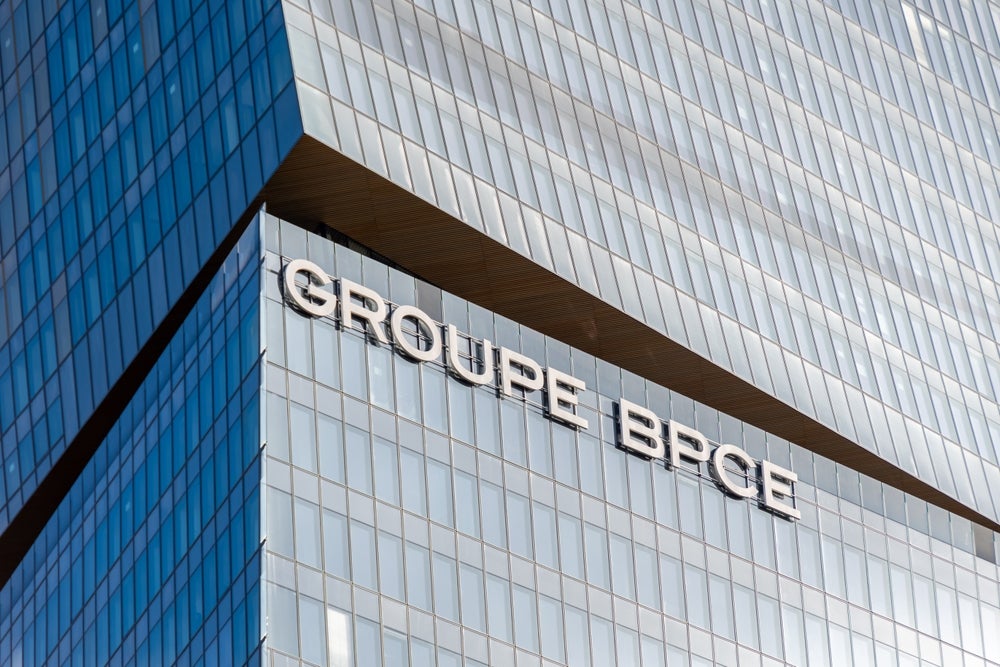In the first of a series of reports in this issue on leasing to
SMEs, Brian Rogerson discovers the UK market is rich in
opportunities
Small and medium-sized enterprises are the lifeblood of the
European economy, not least the UK’s. They account for 47.1 per
cent of UK employment (10.5m jobs) and 37.2 per cent of corporate
turnover (£967.2bn).
However, in some respects they are the least understood of all
business sectors due to their diversity and distribution across the
UK.
According to BT Business’s recent State of the Small Business
Nation report, SMEs are likely to seek initial start-up advice from
the internet, ahead of private organisations (such as lawyers,
accountants and suppliers) and business organisations (such as
British Chambers of Commerce, Federation of Small Businesses and
Institute of Directors). (see chart 1)
Importance of the internet
This is particularly true of start-ups in Northern Ireland (92
per cent) and the South East of England (88 per cent). Private
organisations were the second port of call in most regions, except
in the South West of England where some 80 per cent appeal to
family and friends, and in Wales where 71 per cent go to business
organisations for advice.
How well do you really know your competitors?
Access the most comprehensive Company Profiles on the market, powered by GlobalData. Save hours of research. Gain competitive edge.

Thank you!
Your download email will arrive shortly
Not ready to buy yet? Download a free sample
We are confident about the unique quality of our Company Profiles. However, we want you to make the most beneficial decision for your business, so we offer a free sample that you can download by submitting the below form
By GlobalDataIn general the biggest barriers to SME growth are finance, tax
and VAT, according to 58 per cent of BT Business’ respondents. This
is followed by the cost of running the business (54 per cent) and
finding the time to plan for expansion (43 per cent). (See chart
2).
Use of finance
The most recent study into SME funding by Warwick Business
School found that 80 per cent of businesses had used one or more
external sources of finance over the last three years. Furthermore,
it revealed that the use of external finance increases with the
number of employees and turnover.
The study found that:
- 53 per cent of SMEs (two million businesses) use an
overdraft - A similar number use personal or business credit cards
(55 per cent) - Around 24 per cent (900,000 businesses) use term
loans - Some 27 per cent use leasing and/or hire
purchase. - Total monthly repayments on leasing/hire purchase
agreements are estimated at £2bn - Some 3 per cent (100,000 businesses) use invoice
finance - The same number (3 per cent) use equity finance. This is
estimated at £14.3bn over the last three
years
SME use of leasing and HP
Warwick Business School researchers sought the type of finance
used by SMEs. They found that:

- About one in three use only leasing
- Three in five SMEs used hire purchase only
- Less than 10 per cent use both leasing and hire
purchase - The incidence of using both forms of asset finance
increases with firm size. - Almost 25 per cent of medium-sized firms (50 to 249
employees), using asset finance, use both forms of finance
product
Regarding the amount of finance used:
- The average monthly repayment on leasing and/or hire
purchase is just over £3,000 - This represents total monthly repayments of £2bn
- Ethnic minority-owned businesses make significantly lower
monthly payments than white-owned businesses (£708 versus £3,123.)
This result is robust when controlling for other business
characteristics
Looking at the purpose of asset finance:
- Some 72 per cent of SMEs use it to pay for vehicles
- 11 per cent use it to pay for computer equipment
- 9 per cent of SME businesses use it to pay for
machinery.
The researchers added that around 1.5 per cent of asset finance
users failed to make at least one re-payment in the last year.
SME use of other asset-based finance
- More than 50 per cent of SMEs use invoice
discounting - Around two in five use factoring
- Some 5 per cent use stocking finance
- Large numbers of businesses “don’t know” the type of
asset-based finance being used
Looking specifically at invoice finance the average amount
advanced each month is estimated to be £146,000. The estimated
total advanced is just under £8bn. The principal purposes for SMEs
using invoice finance were given as to fund working capital (66 per
cent) and to fund business expansion and acquisition (25 per
cent).
SME use of equity finance
The study estimates that the average equity investment in the
last three years is just under £135,000. The total from all equity
investors over the last three years is just over £14bn. However,
there is a large degree of uncertainty in these estimates
reflecting the relatively small sample size of equity users.
Regarding the types of investor used (among SMEs with equity
investments):
- Directors are the most popular source, accounting for 25 per
cent of equity investments - Around 10 per cent of these businesses have received
funds from existing shareholders or friends - Some one in 50 obtained funds from a venture
capitalist

Looking for reasons that SMEs used equity supplied by friends,
family or directors, as opposed to other sources, the study
found:
- Some 20 per cent of these business owners cited the following
reasons: “to maintain control of the business” or “no need for
another source” - Less than one in 20 of SMEs cited supply-side constraints
(“Unable to raise equity from other sources”)
SMEs often don’t understand leasing
One anomaly of SMEs is the high percentage that prefer to
outright purchase their assets rather than finance them. This often
comes at the expense of making inroads into banking credit
lines.
In the company car sector, for example, over 40 per cent of SMEs
still prefer to cash-buy their vehicles than lease them. Despite
leasing companies targeting SMEs with varying degrees of success,
there remains a distinct preference for them to outright purchase
their assets, be they lathes, vehicles, office furniture or
computers.
One lessor believes that lack of product innovation is a big
factor in SMEs preferring to own their assets. He said: “The
options available to them are not particularly attractive, despite
the cash-flow benefits and (reducing) balance-sheet attractions of
leasing. The only real innovation in asset leasing in living memory
has been in the extension of leasing agreements to slightly longer
terms.”
Graham Hill, chief executive of GHA Finance, believes that the
“grave lack of product innovation” is the main reason that SMEs
prefer to buy their assets rather than use finance.
He said: “SMEs require above all flexibility for their assets.
They do not understand leasing and it is rarely explained to them.
They are very wary of penalties if they need to settle a lease
prematurely, and they can’t understand why a leasing company will
not accept a part-exchange asset.”
Hill stressed that unexpected “wear and tear” end-of-agreement
penalties and excess mileage charges on company cars often put paid
to any goodwill many SMEs may have felt towards lessors.







